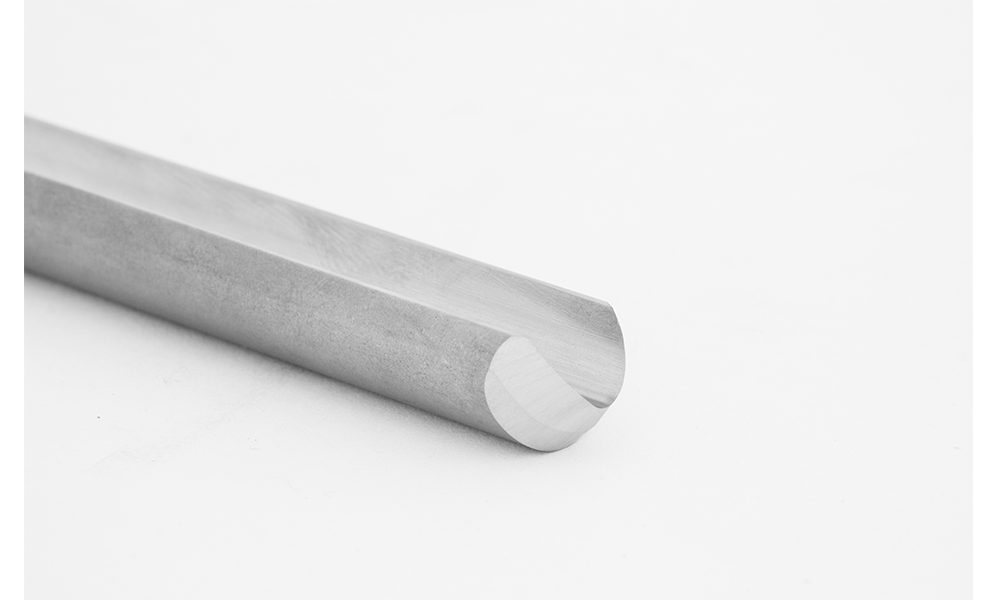There are two main grinds :
Traditional :
This is basically just rolling the tool along it's length (in a v block jig for example)
Swept Back (comes under many names) :
This involves a more complex action of rolling and angling the tool at the same time, which most people use a finger nail grind jig for.
Both can be applied to spindle and bowl gouges. The swept back grind offers more advantages in most situations as it gets the points out of the way, and replaces that area with an edge that can be used for fast stock removal or shear scraping. So you get more bang for your buck from each sharpening session so to speak.
The only other factor is the angle you choose to use. Acute angles for example on a spindle gouge are good for fine detail work. Where as on a bowl gouge, you'll want a few different angles for different areas of the bowl. So maybe 45deg for general work, and then something like 60deg for the bottoms of the bowl.
After that, I think it's just preference. But start at 45deg and work from there. If possible, you want to build up a selection of angles for different jobs. Although the more experienced turner might go the other way and aim for fewer tools that does as many jobs as possible (e.g asymmetric grinds), but will require more skill to use and sharpen.


